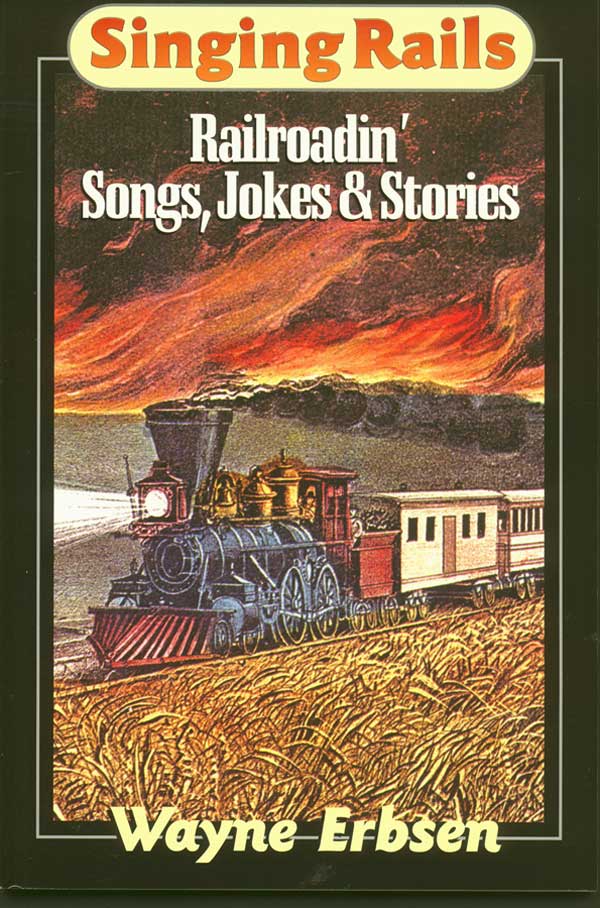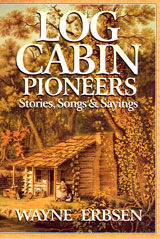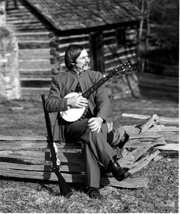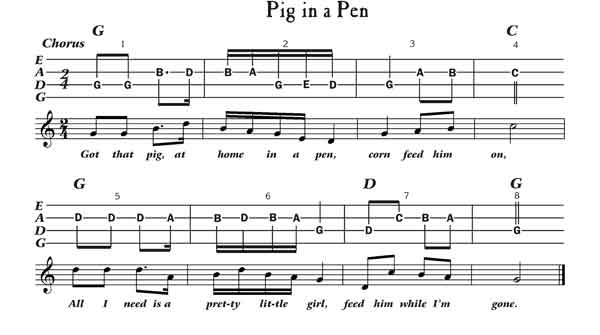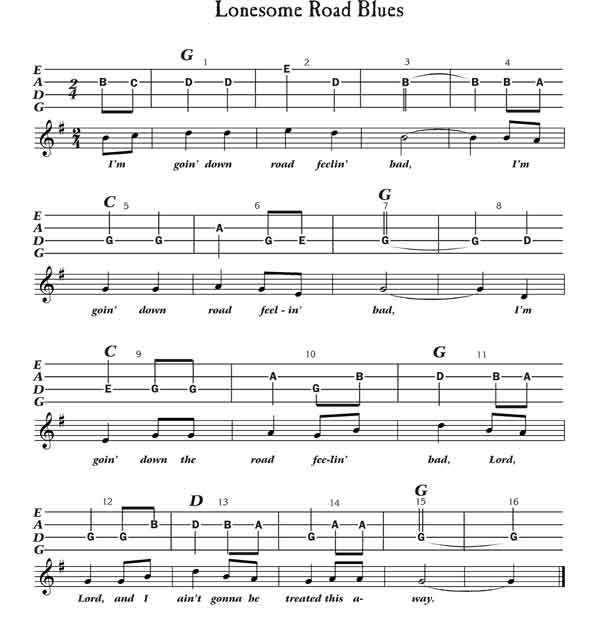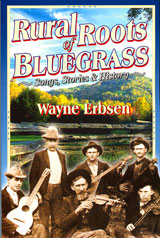
Fans of traditional country and bluegrass music have always had a soft spot in their hearts for a good ole tear jerker. If you write a song about getting run over by a train while holding a baby on the way to your mother’s funeral, you’re bound to have a hit. Let’s take a little trip back in time and see where the idea of the tear jerker came from.
Mid 19th century America had a lot to cry about. If the high infant mortality rate didn’t kill you, any number of other hazards would. Anyone who lived to be

